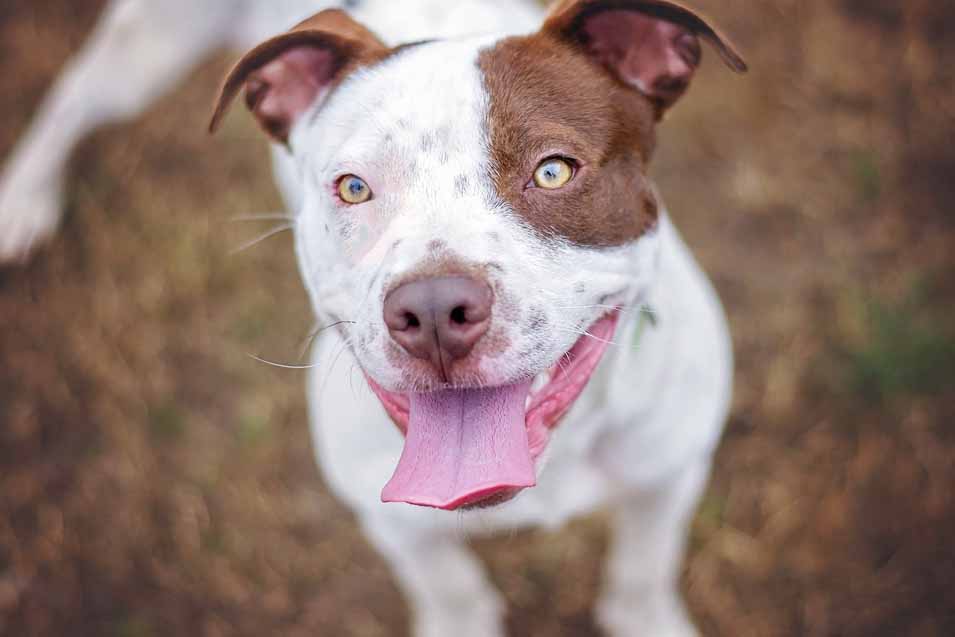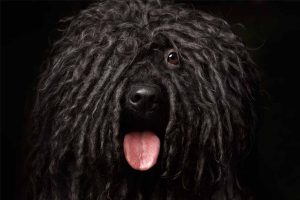By the age of three, the vast majority of both cats and dogs have some evidence of periodontal disease. Other than bad breath, there are few to no signs of periodontal disease in dogs, and that’s why many pet parents have no idea that their canine companion should receive any kind of treatment.
Periodontitis is usually under-treated, and the biggest issue is that problems in the oral cavity are often associated with damage to internal organs – the heart, in particular – especially as the pet grows older.
Let’s look at some ways you can prevent periodontitis, what its clinical signs are, if there are any home remedies for periodontal disease in dogs, what the standard type of treatment is, and whether it can be reversed.
Periodontal Disease in Dogs – Factors That Affect Its Development
There are many factors that play a part in the formation of tartar, plaque, and eventually, in the development of periodontitis. These range from the animal’s age, as well as the health status of the patient to his or her chewing behavior and diet, genetics, grooming habits, and even mouth environment. It also makes quite a bit of a difference if the pet parent pays attention to the dog’s health status and regularly checks on Fido’s gums and teeth.
Periodontitis is encountered more often in older animals, so we would recommend checking your pet for signs as he or she starts to age.
Many vets agree that kibbles are better than canned food when it comes to keeping plaque from accumulating on dogs’ teeth. Dental chews, as well as various toys, can help, too. As for the breed and genetics, it seems that smaller breeds and brachycephalic dogs have a higher risk of developing periodontitis than the rest. Breeds that have long hair can get some strands stuck in-between their teeth, and this process will increase tartar development.
The saliva and even the way your dog breathes can make a difference in the development of periodontal disease. For example, dogs that have a more acid saliva are more exposed to the problem, and those that breathe with their mouths open, as well — the constant air influx dehydrates the oral cavity and promotes tartar and plaque buildup.
Stages and Symptoms
The clinical signs of this disease largely differ depending on how much it has progressed. Some of the basic signs that you can notice consist of persistent bad breath, pawing at the mouth, and a general oral sensitivity, as well as loose teeth, inflamed gums, or excessive drooling.
The signs that should really alert you and convince you to take your dog to the vet are difficult chewing and eating, depression or irritability, loss of appetite, stomach upsets, gum bleeding, and sometimes, if you look closely, you might even notice pus around the affected tooth.
Diagnosis
Before you even find out about any dog periodontal disease treatment, you should understand how the condition is diagnosed and according to which criteria. Your vet will analyze the amount of plaque present in your dog’s mouth, the health of his or her gums, the depth of the gum pockets, and the radiologic appearance of the teeth.
While you might think that your dog has periodontitis if he has a mild amount of plaque and some of it is located under the gums, the truth is that these two signs indicate that your canine companion might actually suffer from gingivitis. If the animal does have periodontitis, the vet will discover larger amounts of calculus under the gums, and the symptoms will be more severe – bleeding, pus, severe inflammation, gum recession, and missing or loose teeth.
Treatment
The severity of the medical condition is what determines the treatment. If your dog only suffers from mild or more severe gingivitis but shows no signs of periodontal disease, Fido might only have to go through a routine professional prophylaxis (dental cleaning and polishing).
The plaque can be removed effectively either by using handheld scalers or ultrasound scalers. If your dog really has periodontitis, the teeth should first be scaled after which dental radiology should be performed so as to choose the right treatment. There are several options in this sense, from subgingival curettage and root planing to gingivectomy, periodontal surgery, tooth extraction, or various therapeutics.
Your veterinarian will advise you as to what the best alternative for your dog is depending on the severity of the condition and even taking into account your preferences and ability to provide further treatment (post-operatory) to your pet.
My Dog Has Periodontal Disease – Long-term Treatment
Depending on the treatment option chosen by you and your vet, you might have to commit to ensuring several types of therapy following the procedure. This can range from giving your dog anti-inflammatory or pain medication to antibiotics and administering topical medication.
If your canine friend was performed surgery on, he or she will not be allowed to play with chew toys, especially soft or chewy ones. You might also have to feed your dog a diet consisting of wet food only so as to avoid the gums from being affected.
One of the most important things that you have to make sure that you stick to is to brush your dog’s teeth on a regular basis. Naturally, your dog’s mouth first has to heal; only after this has happened will you be able to start a tooth-brushing routine.
Your vet is also likely to ask you to bring your dog in for a check-up following the treatment procedure, but also two to four times a year. The depth of the pocket between the tooth (or teeth) and the gums has to be assessed around one month or one month and a half after treatment.
If you are wondering how to reverse periodontal disease in dogs, we might disappoint you, but the truth is that this medical condition is irreversible. This is the reason why you should try to keep tabs on your dog’s oral health as best as possible.
Prevention
To prevent tartar and plaque buildup, you can brush your dog’s teeth regularly. The sticky film that gets on your canine friend’s teeth contains bacteria, and that bacteria can get into his or her blood flow if there is any gum bleeding, for example. Use toothpaste specially formulated for dogs.
There are heaps of dog food brands made specifically to prevent dental disease, and many chew toys or treats that will definitely help with this objective also exist. However, you do have to consider that brushing your dog’s teeth is a lot more effective — no matter how bristle those treats or kibbles might be, they won’t clean your dog’s teeth in depth (near the gums).
Even if the chews contain enzymes that reduce the formation of calculus and tartar, they cannot take the place of brushing. They do keep your dog’s teeth cleaner in general, though.
Why Is Periodontitis so Dangerous?
In both pets and humans, periodontitis can be very dangerous because those that are affected by it are more likely to be diagnosed with heart conditions.
What basically happens is that the gums become more sensitive and your dog experiences constant bleeding, making it very easy for the mouth bacteria to get into the blood flow and cause various forms of bodily organ damage. Many studies suggest that the bacteria adheres to the arteries that surround the animal’s heart.
Because small dog breeds such as Toy Poodles, Dachshunds, and Cavalier King Charles Spaniels are more predisposed to periodontitis than others, we strongly advise that you take your canine companion to the vet every six months if you are the parent of one of these breeds and your canine friend is older than three years of age.






